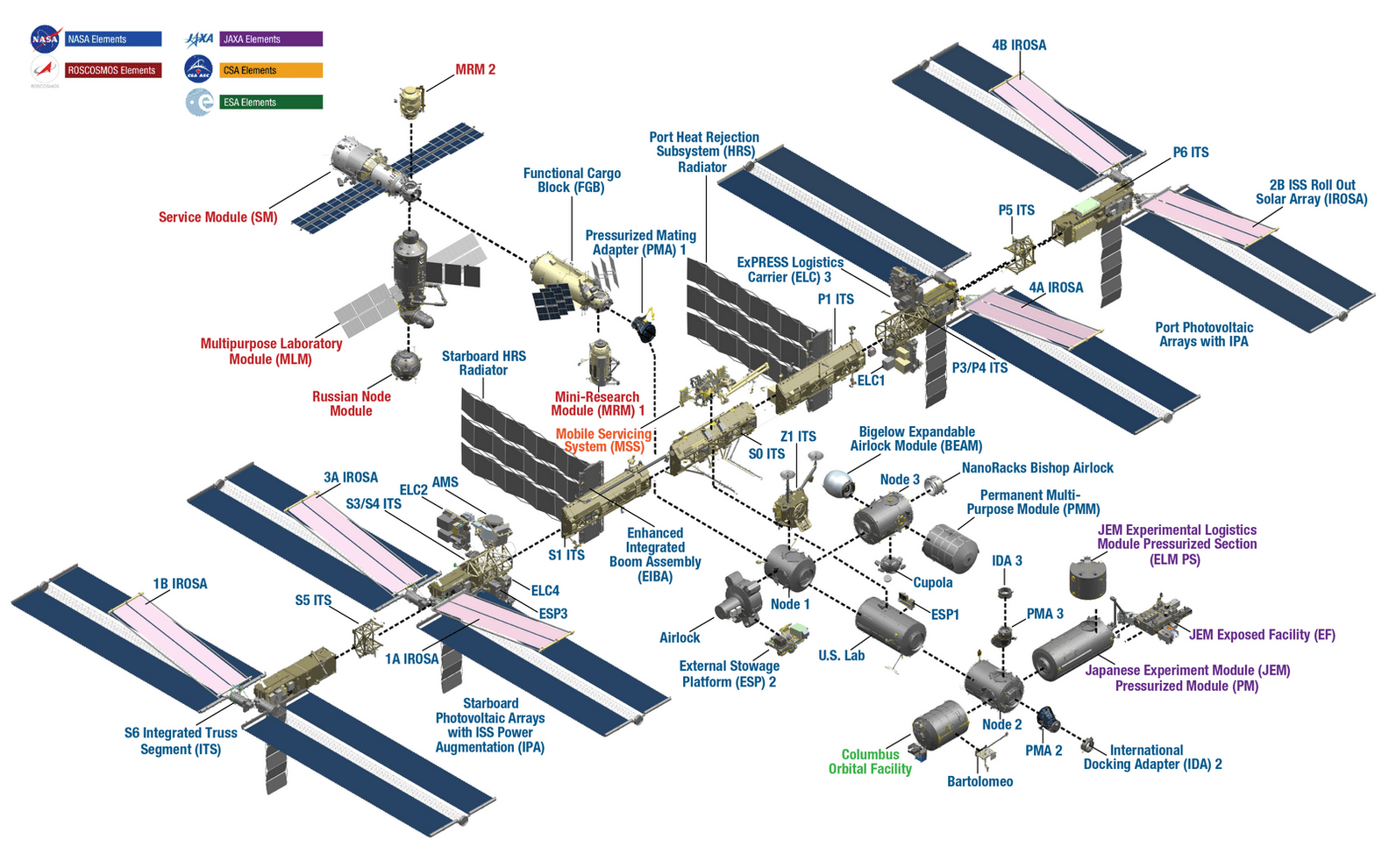A Minimum Viable Product is the simplest, most cut-back version of your idea - what you get when you strip everything out until you have the smallest and simplest product that will have some value. In many cases, it's also how your idea should be introduced to the world.
It's pretty common for an MVP to feel a little bit uncomfortable. You will be tempted to keep working on it, to polish it up, to add more features. You might even feel a little embarrassed about it. That’s completely normal.
The big downside of the MVP is that it will result in a far simpler tool that will feel incomplete (because it is). It will have far fewer features than you wish and will feel like a shadow of your vision. But if you have an idea of what you want to build - the end goal - you can design your MVP so that it acts as a foundation, a platform on which to build all of your additional features.
Your ability to launch an MVPs is really only possible because of the measurement opportunities that you get with software. In most industries, it can be a little tricky to understand how your product or service is being used.
 The first module of the International Space Station - the FGB - was launched in 1998. Since then, additional modules have been launched and updated, with the most recent Prichal docking module being assembled in 2021. Source: Nasa.gov
The first module of the International Space Station - the FGB - was launched in 1998. Since then, additional modules have been launched and updated, with the most recent Prichal docking module being assembled in 2021. Source: Nasa.gov
Let's say you are doing competitive analysis at a grocery store; every experiment requires working with grocery chains to measure purchases, aggregate the information across stores, and make sense of the data. New experiments are costly and time-consuming tasks, taking weeks or even months to run.
MVPs make it easier to make adjustments when things don't go to plan. It's very rare - heck, borderline impossible - for an idea to be perfect the first time around. Your users will react to your tool differently, often forming clusters with different behaviours, and it’s very hard to predict what the behaviour of each cluster will be. In most cases, the most efficient way of optimizing a tool is by launching it to the public, letting users try it, and collecting and iterating on usage measurements.
I can actually draw some kind of robot body that is the product - a voltron on its own and part of a megazoid. Or a space station - modules; yeah, let’s do that.
Big software projects take time to build; their complexity results in bugs and a slower development pace; it's harder to remove a feature than it is to add one%